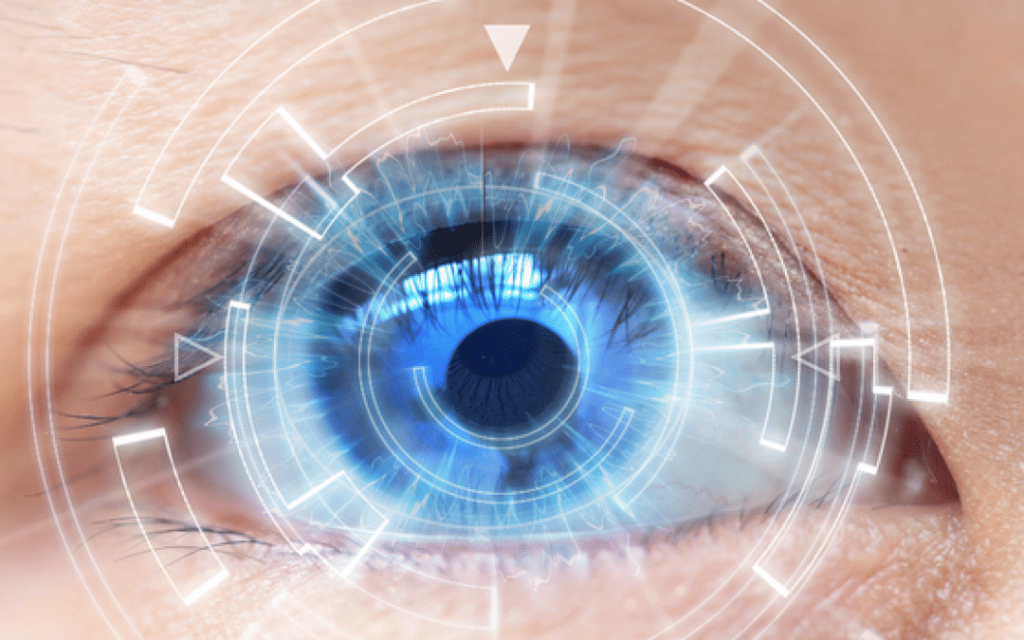4 Less Commonly Known Eye Disorders and What They Mean

Well Known Eye Disorders:
What do you know about eye disorders? When you think of your eyes and vision, you probably know the parts of your eye and an annual eye exam at Florida Vision Institute is essential to keeping your eyes healthy and preventing eye disease.
Being nearsighted or farsighted, having glaucoma, and cataracts are common eye problems that most people are familiar with, but there are some eye disorders that are not as well known.
Less Commonly Known Eye Disorders:
Blepharitis
If you are bothered by red, burning, itchy eyes, then blepharitis may be the culprit. Blepharitis causes inflammation on the outer or inner part of the eyelid.
Blepharitis can be caused by a bacterial or fungal eyelid infection. Additionally, because blepharitis and dry eye often occur at the same time, researchers and eye doctors have unified these two conditions into one and have termed it dry eye blepharitis syndrome.
Blepharitis can be treated with eyelid scrubs made of baby shampoo and water, IPL (intense pulsed light), or medicated eye drops. In severe cases in which an infection is present, patients are treated with an antibiotic.
Chalazion
A Chalazion is a technical name for a benign cyst formed around an oil gland inside the eyelid. The result is a swollen, red eyelid, and while they look contagious, they are not.
Most Chalazions go away on their own or when treated with warm compresses. However, in severe cases, an oral antibiotic may be prescribed. If this treatment is ineffective, the Chalazions will need to be surgically removed.
Xanthelasma
Xanthelasma are small, yellow deposits of cholesterol underneath the skin, usually on or around the eyelids. Because of the droopy eyelid effect, it is considered a cosmetic concern prompting many patients to remove them with laser ablation surgically. The reappearance of Xanthelasma does tend to recur, even with treatment.
Meibomian Gland Dysfunction
Meibomian glands are specialized glands. Their dysfunction is a well-recognized cause of dry eyes, but an under-recognized condition. Meibum is a substance which allows the tear film to remain on the the surface of the eye preventing tear evaporation. These glands keep the eyes healthy.
Stages of Meibomian Gland Dysfunction
Meibomian gland dysfunction is the leading cause of dry eye syndrome and manifests in stages based on symptoms, lid appearance, and ocular surface staining.
An Overview of the Stages of Meibomian Gland Dysfunction:
- Stage 1 – No discomfort or itching and no ocular staining.
- Stage 2 – Mild discomfort or itching with limited ocular staining. Your doctor may prescribe an artificial lubricant or oral antibiotic.
- Stage 3 – Moderate symptoms of discomfort or itching. Mild to moderate corneal staining. A lubricant and oral antibiotic may be required.
- Stage 4 – Severe discomfort and itching. Increased corneal staining. Lubricant, an oral antibiotic, and an anti-inflammatory treatment will be required.

